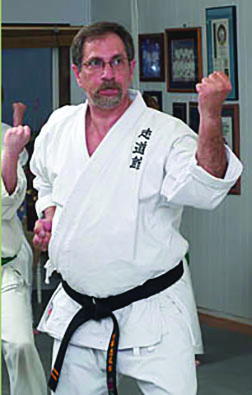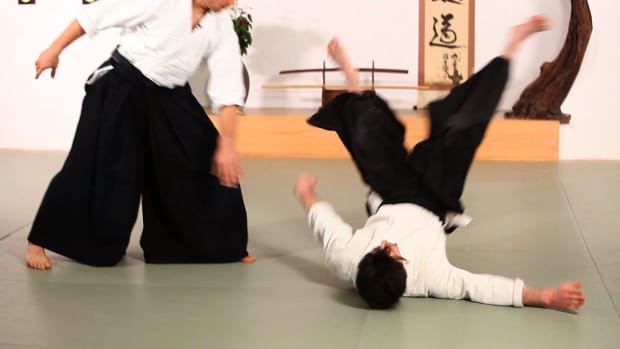
To better explain this aspect of the throw, the term used is Zanshin. Tori must keep his body under control as well as the body of Uke before, during and after the throw. Zanshin does not cover just the technical movement from the start of the move to the end: it also covers a mental state of consciousness that continues even beyond having thrown Uke. 2nd Didactic Levelĥth Phase: Opportunity. Tori uses the movement of Uke in various directions.

These can be provoked by Tori himself by pulling or pushing or by Tori simply adapting himself to the movements of his partner who decides to move in diverse directions.Ħth Phase: Bogyo no waza (techniques of defence). Uke defends with a certain technique: Chowa (moving your body in the direction of the attack, anticipating the movement of the attack by Tori), ending with the Yawara defence (ceding in the direction of the attack and letting yourself be carried by Tori). Jujutsu No Kihon Sanpo Basic Three Methods of Jujutsu From Shoden No Maki, the following instructions In the Shinden yoshin ryu, the basic technique forms are all contained collectively within the jujutsu-no-kihon-sanpo.

These three basics consist of (1) the Kihon happo Basic Eight Methods, (2) Tai sabaki Basic Forms of Body and (3) Goshin katas. This arrangement of basic materials always has three henka available (omote, ura and gyaku – inner, outer and reverse of the technique.) hence the total base number of basic technique patterns is 66. This is 22 basic techniques X 3 = 66 (the final basic entry is kakushi buki and does not count as being subject to the rule.) These 66 are only kihon-gata basic techniques and are not given a whole lot of emphasis, some of the instructors used to consider them more relevant for children or for adults whom had no former MA experience. The kihon-gata (all three categories) are actually simplifications of the Kata No Keiko (formal patterns) themselves, meant as a preparation for learning and using the formal, or actual, patterns of the school.

They address the basic mechanics and technical content of the various formal patterns listed (the Kata no keiko.) There is more information per kihon gata under the actual entry in these discussions. These are sub-divided into two (2) groupings, the Atekomi sanpo Three striking methods (sometimes called 'atemi sanpo') and the Torite goho or Five grappling methods. These basics are common types of kihon-gata for the jujutsu schools to which SYR is related, and variations of the same kihon-gata can be found in just about any of them (sometimes there are more listed than what we have, other times they have a completely different name but with similar technical content.) There are, in the Jujutsu kihon no happo, three (3) striking drills and five (5) grappling drills, the intention is that the two types of drills be inter-combined, since that is exactly what happens in the Formal patterns of kata no keiko from which they derive.

So of the Jujutsu kihon no happo, via the process of inter-combination, it is possible to generate a total of 15 inter-combined basic drills (3 X 5 = 15) and due to the three henka for each, a grand total of 45 of the inter-combined basic drills (15 X 3 henka = 45 drills.) Most instructors, including myself, have never really bothered to make students explore all 45 possible inter-combinations, but some students did tend to explore them in hopes of developing further skill. BASIC ORIENTATION: All of these basic patterns are sanbon kumite-gata (three movement drills) usually described as having the following parts: A) Kaishi ('Opening' or start circumstances) B) Uke'ai sometimes called uke'iri ('Meeting the attack') and C) Toritsuke also called tori'ai (the 'Capture' or throwdown.) These are the three basic parts of the Sanbon kumite gata (3 movement drills) which are done empty handed, but also are done with the sword and the staff (the kata name doesn't change), but the kata, when done with weapons is instead called Sanbon kumitachi kata (proper terminology for weapons inclusion.) There are four (4) forms of these as weapons kata, muto-dori and hanbo-dori gata (you empty-handed against his using a stick or sword, if a short-sword it is 'kodachi-dori') otherwise there is 'hanbo no kihon gata' and 'kodachi no kihon gata', but the Torite goho only occur as kihon gata when in muto-dori and hanbo dori (you emptyhanded against a weapon.) Otherwise, the Torite do not occur when the weapon is employed.


 0 kommentar(er)
0 kommentar(er)
